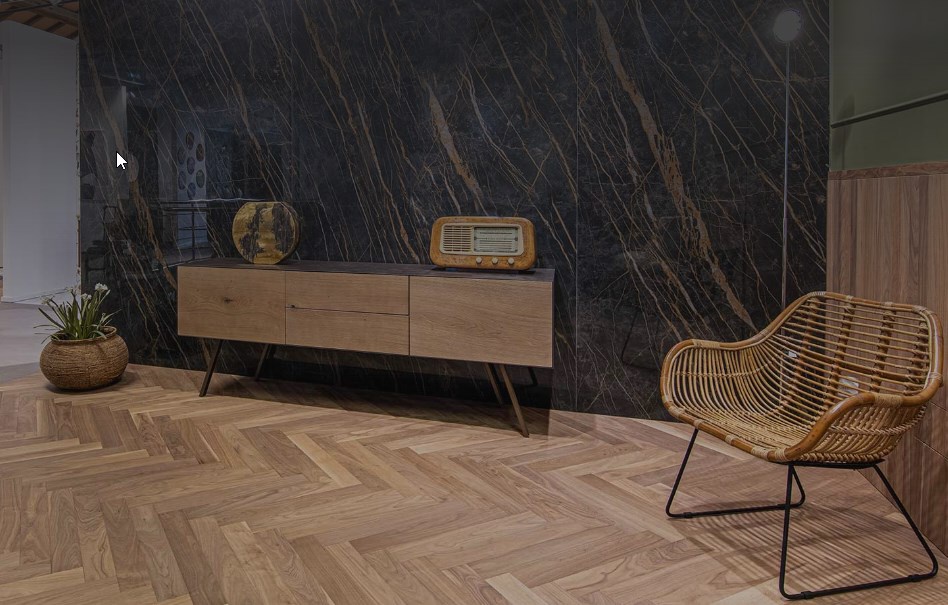In today’s fast-paced world, our homes have become more than just shelters—they are sanctuaries where comfort meets expression. The art of home furnishing is pivotal in creating environments that reflect personality, enhance well-being, and blend aesthetics with functionality. From cozy apartments to sprawling villas, every living space benefits from thoughtful furnishing that marries design, comfort, and practicality.
The Essence of Home Furnishing
Home furnishing encompasses an extensive range of elements, from furniture and lighting to textiles and decorative accessories. It is the process of selecting and arranging items to craft a cohesive and harmonious living space. Effective home furnishing transforms ordinary rooms into inviting arredo bagno roma visual appeal with practical use. It is not merely about filling a space with objects; it is about creating an atmosphere that resonates with the occupants’ lifestyle.
Furniture: The Foundation of Furnishing
At the heart of home furnishing lies furniture, which serves both functional and decorative purposes. Choosing the right furniture involves understanding the spatial dynamics, ensuring comfort, and aligning with the interior design theme. For instance, a minimalist living room benefits from sleek, multi-functional pieces, while a traditional setup may thrive with ornate wooden furniture and upholstered seating. Beyond style, durability and ergonomic design are essential considerations. Investing in quality furniture ensures longevity while elevating the overall aesthetic.
Textiles: Adding Warmth and Texture
Textiles are transformative elements in home furnishing. Curtains, rugs, cushions, and throws introduce texture, color, and warmth to any room. Selecting fabrics requires attention to material quality, durability, and complementarity with the room’s color palette. For example, natural fibers like cotton and linen are breathable and soft, perfect for living areas and bedrooms. Conversely, heavier fabrics like velvet or wool bring a luxurious feel to more formal spaces. By layering textures and patterns, textiles create depth, making a room feel inviting and complete.
Lighting: Crafting Ambiance
Lighting is an often underestimated component of home furnishing. Beyond illuminating a space, it sets the mood, highlights architectural features, and enhances the beauty of furnishings. Modern homes employ a combination of ambient, task, and accent lighting to achieve versatility. Pendant lights over dining areas, floor lamps in reading corners, and recessed lighting in hallways can dramatically alter the perception of space. Moreover, energy-efficient LED lighting options combine functionality with sustainability, reflecting the growing trend of eco-conscious home design.
Decorative Accessories: Personalizing Spaces
Decorative accessories are the finishing touches that infuse personality into a home. Artwork, vases, mirrors, and sculptures serve as conversation starters while echoing individual tastes. Home furnishing is incomplete without these accents, which transform a space from generic to distinctly personal. Thoughtful placement of accessories ensures they complement rather than clutter, maintaining harmony and visual balance. Seasonal or thematic décor can further refresh the space, keeping the home dynamic and engaging.
Functional Elements: Balancing Beauty and Utility
Modern home furnishing emphasizes the marriage of beauty and functionality. Storage solutions, modular furniture, and multi-purpose pieces address the practical demands of contemporary living. Floating shelves, built-in cabinets, and under-bed storage optimize space in compact apartments, while expansive wardrobes and entertainment units cater to larger homes. By prioritizing functional elements, homeowners achieve an organized environment without sacrificing style.
Interior Styles and Trends
Home furnishing is closely tied to interior design trends, which continuously evolve. Minimalism focuses on simplicity, clean lines, and neutral palettes, creating serene environments. Scandinavian design emphasizes natural materials, light spaces, and functional elegance. Contemporary interiors highlight innovative materials, bold colors, and sleek finishes. Meanwhile, eclectic styles allow a mix of vintage, modern, and cultural elements to create unique spaces. Staying informed about trends enables homeowners to refresh interiors periodically, ensuring a modern and vibrant living space.
Sustainability in Home Furnishing
With increasing awareness of environmental concerns, sustainable home furnishing has gained prominence. Eco-friendly furniture made from reclaimed wood, organic textiles, and non-toxic paints contributes to healthier living spaces and reduces environmental impact. Sustainable choices do not compromise style; on the contrary, they often enhance the aesthetic appeal through natural textures and earthy tones. Integrating greenery through indoor plants complements sustainable furnishing, promoting well-being and improving air quality.
Creating Cohesive Spaces
A critical aspect of home furnishing is achieving cohesion. Each room should maintain a sense of flow while allowing unique features to stand out. Color schemes, material consistency, and proportionate furniture selection contribute to visual harmony. Strategic placement of mirrors and artwork can amplify space perception and unify design elements. Cohesive furnishing ensures that the home feels curated rather than haphazardly assembled, offering a sense of comfort and belonging.
Budgeting and Planning
Effective home furnishing requires careful budgeting and planning. It is essential to prioritize investment in core items like sofas, beds, and dining tables, while accessorizing more affordably with décor elements. Planning room layouts in advance prevents overcrowding and ensures optimal functionality. Additionally, considering long-term trends rather than fleeting fads ensures that investments remain relevant and appealing over time.
The Emotional Impact of Furnishing
Beyond aesthetics, home furnishing has a profound emotional impact. Well-furnished spaces evoke comfort, joy, and relaxation, contributing to mental well-being. Personalized furnishing reflects identity and lifestyle, creating a sense of pride and satisfaction. Whether it’s a cozy reading nook, a functional kitchen, or a welcoming living area, thoughtfully furnished homes nurture both the body and mind.
Conclusion
Home furnishing is a multifaceted endeavor that combines style, function, and individuality. It is about crafting spaces that are not only visually appealing but also comfortable, practical, and reflective of personal taste. From furniture selection and textile layering to lighting design and accessory placement, every element plays a crucial role in shaping the living environment. In an era where homes serve as sanctuaries and creative expressions, investing in thoughtful home furnishing is essential. It transforms ordinary spaces into extraordinary havens, where comfort meets creativity, and beauty intertwines with functionality.

